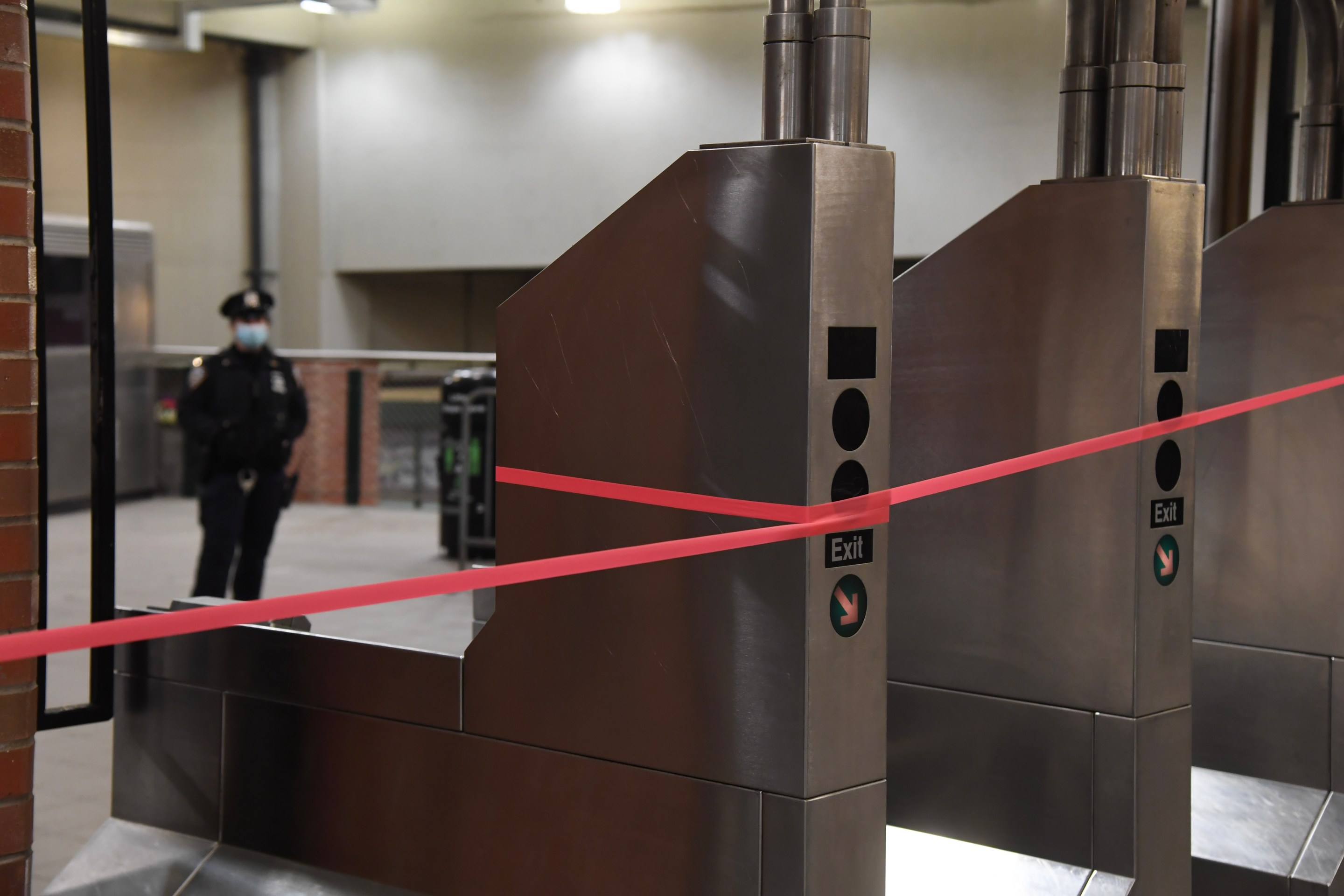Ready, set, borrow.
On Wednesday, the MTA will move a step closer to going another $2.9 billion in debt, as the MTA Board is expected to approve a resolution that would allow the agency to borrow the maximum amount from the Federal Reserve's Municipal Liquidity Facility, which supports state and local governments and public authorities.
The MLF was established in April for local governments that were hit hard by coronavirus-related losses to borrow money at low interest rates to stay afloat through the pandemic. The $2.9-billion cap is part of a Fed formula that allows the transit agency to borrow up to 20 percent of its usual pre-COVID revenues — minus the $450 million loan that the MTA already took from the MLF in August.
The MTA continues to hold out hope for a federal relief effort that could help fill the agency's fiscal hole, and has said it would have to cut service by 40 percent without any federal help at all. But with Washington in paralysis between a president who is focusing on overturning the election results and a president-elect not empowered to do anything yet, advocates say that the low-interest loan is about as good a solution the agency has right now.
"We used to say accruing more debt was the worst thing the MTA could do because it just kicks the can down the road," said Riders Alliance spokesman Danny Pearlstein. "But at this point, we have to kick the can down the road, because the alternative is the MTA doomsday cut, which will slash revenue, doom the city to an economic depression and deprive essential workers of a lifeline they need."
The Board resolution on Wednesday would authorize the full $2.9 billion in borrowing, but analysts also say that the MTA shouldn't take on the entire debt load if it can help it. Right now, the MTA has until Dec. 31 to borrow more money from the MLF before the program expires, but Washington leaders are currently debating if the program can be extended without an act of Congress. If that happens, or an inexplicable stimulus deal with support for transit agencies actually materializes, the MTA will have taken on an unnecessarily large load at exactly the wrong time.
"If the MTA borrows all $3 billion now, it puts the agency in a different position around negotiating federal aid," said Reinvent Albany Senior Researcher Rachael Fauss. "It would be better for the MTA to not borrow all $3 billion by the end of 2020, but instead in chunks, so they could borrow what they need while they're waiting for more clarity at the federal level."
In addition to the prospect of a bailout or extension of the MLF program, Fauss pointed out that while the MTA is running on fumes right now, the fumes still exist to run the machine. MTA CFO Bob Foran told reporters last month that if there was no prospect of federal relief, the agency would start, but not finish, its process of cuts "by the end of the first quarter" in 2020.
"The MTA is trying to tee things up so it doesn't lose the option to have $3 billion in credit essentially. That's too much to leave on the table," said Fauss.
There are alternatives to borrowing, of course, but none is very appealing, either. The MTA has already floated the idea of massive cuts to service, of course, but other money-saving strategies are also being floated, such saving $300 million by running trains without conductors, as NY1 reported on Tuesday.
The MTA "need[s] to do everything in their power to get their fiscal house in order and they also, even with that, will need federal aid," Andrew Rein, president of the Citizens Budget Commission, told the outlet.






